There were two steps: (1) aggregate the data, then (2) convert to json. After that, all the javascript has been written in that example page, so you can just plug in the resulting json data.
Since the aggregated data should have a similar structure to a treemap, we can use the treemap package to do the aggregation (could also use a loop with successive aggregation). Then, d3treeR (from github) is used to convert the treemap data to a nested list, and jsonlite to convert the list to json.
I'm using some example data GNI2010, found in the d3treeR package. You can see all of the source files on plunker.
library(treemap)
library(d3treeR) # devtools::install_github("timelyportfolio/d3treeR")
library(data.tree)
library(jsonlite)
## Get treemap data using package treemap
## Using example data GNI2010 from d3treeR package
data(GNI2010)
## aggregate by these: continent, iso3,
## size by population, and color by GNI
indexList <- c('continent', 'iso3')
treedat <- treemap(GNI2010, index=indexList, vSize='population', vColor='GNI',
type="value", fun.aggregate = "sum",
palette = 'RdYlBu')
treedat <- treedat$tm # pull out the data
## Use d3treeR to convert to nested list structure
## Call the root node 'flare' so we can just plug it into the example
res <- d3treeR:::convert_treemap(treedat, rootname="flare")
## Convert to JSON using jsonlite::toJSON
json <- toJSON(res, auto_unbox = TRUE)
## Save the json to a directory with the example index.html
writeLines(json, "d3circle/flare.json")
I also replaced the source line in the example index.html to
<script src="https://cdnjs.cloudflare.com/ajax/libs/d3/3.5.5/d3.min.js"></script>
Then fire up the index.html and you should see

To create the shiny bindings should be doable using htmlwidgets and following some examples (the d3treeR source has some). Note that certain things aren't working, like the coloring. The json that gets stored here actually contains a lot of information about the nodes (all the data aggregated using the treemap) that you could leverage in the figure.

